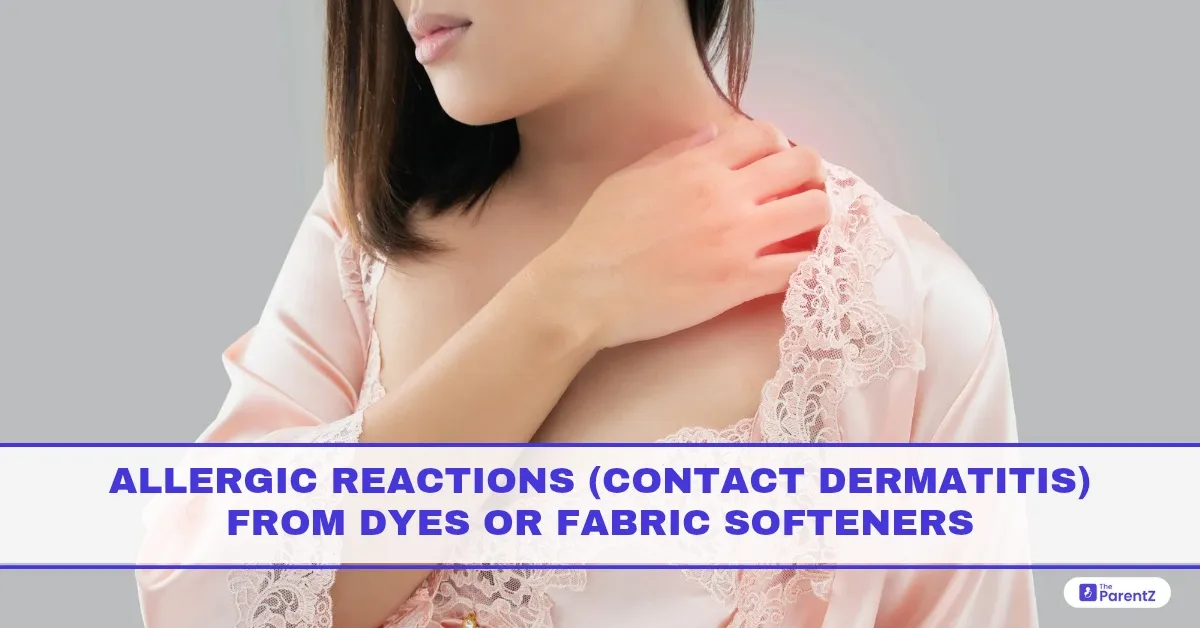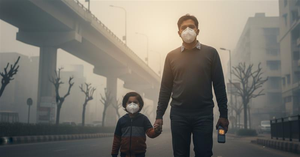Soft, colorful clothes fresh from the laundry often feel like a warm hug. But what if that hug makes your skin itch, burn, or break out in a rash? That’s not just uncomfortable, it could be a mild allergic reaction known as contact dermatitis.
Let’s break it down: no scary stuff, no gross pictures, just real, simple info about why some clothes or laundry products can irritate your skin, and how to protect yourself from those invisible culprits hiding in your wardrobe.
What Is Contact Dermatitis?
Contact dermatitis is your skin’s way of saying: “Hey! I don’t like what just touched me!”
It happens when something on your clothes or even in your laundry irritates or triggers an allergic reaction in your skin. This can show up as:
- Redness or rashes (especially where fabric touches the skin)
- Itchy, dry, or scaly patches
- Tiny bumps or blisters
- Burning or stinging sensations
- Darkening or thickening of skin in areas that are frequently exposed
The reaction can appear minutes, hours, or even a day after contact. Because clothes cover most of the body, it’s easy to mistake this for dry skin or a heat rash.
Common Hidden Triggers in Clothes and Laundry
1. Fabric Dyes
Brightly dyed clothing, especially red, blue, black, or dark denim, can contain chemical-based dyes that don’t always thoroughly rinse out during washing. These can irritate sensitive skin, especially in tight clothing or areas where you sweat more.
2. Fabric Softeners and Dryer Sheets
These products might smell amazing, but many contain fragrances, preservatives, and silicone-based coatings. For some skin types, this creates a layer that feels smooth but causes allergic reactions after extended wear.
3. Laundry Detergents with Dyes or Scents
Detergents with bright colors, floral smells, or extra “whitening” agents can leave behind residues that your skin isn’t happy about. Even residue on towels or underclothes can cause flare-ups.
4. New Clothes
Yes, even brand-new clothes straight from the store can be trouble. Many are treated with finishing chemicals or anti-wrinkle coatings to look fresh and smooth on display. These chemicals can trigger contact dermatitis, especially if you wear them before washing.
Who Gets Affected?
Anyone! But especially:
- Kids with sensitive or dry skin
- People prone to eczema, allergies, or asthma
- Children who sweat a lot or wear tight uniforms
- Those exposed to new soaps, detergents, or hand-me-downs washed in different products
Even babies and toddlers can experience rashes from dyes and softeners in onesies, socks, or blankets.
How to Spot the Signs
Look for skin changes that appear only in areas where your clothing touches your skin—like:
- Waistbands
- Underwear lines
- Armpits or necklines
- Behind the knees or inner elbows
If symptoms go away when you switch outfits or use a different laundry product, contact dermatitis is likely the cause.
Simple Tips to Keep Your Skin Happy
1. Wash New Clothes Before Wearing
Even if they look clean, always give them a quick wash to rinse out dyes, finishing sprays, and factory chemicals.
2. Switch to Gentle, Fragrance-Free Detergents
Look for products labeled “free & clear,” “hypoallergenic,” or “no dyes or perfumes.” These are designed for sensitive skin and rinse more cleanly.
3. Skip Fabric Softeners and Dryer Sheets
If needed, use white vinegar in the rinse cycle as a natural softener—it’s skin-friendly and leaves no scent.
4. Choose Natural, Breathable Fabrics
Cotton, bamboo, and linen are great choices. Avoid synthetic blends that are heavily dyed or treated.
5. Double Rinse Your Laundry
If someone in the house is sensitive, add an extra rinse cycle to make sure the detergent is thoroughly washed out.
6. Soothe the Skin When Irritated
If a rash appears, use a gentle moisturizer or calamine lotion, aloe vera, or a mild hydrocortisone cream (only if recommended by a doctor).
When to See a Doctor
If the rash:
- Lasts more than a few days
- Becomes painful, crusty, or spreads
- Is accompanied by fever or swelling
It’s time to see a healthcare provider. They can help identify the irritant and offer stronger treatment if needed.
Myth Buster: It’s Not About Being “Too Clean”
Some people worry they’re “too clean” or “too sensitive” if laundry gives them a rash. But contact dermatitis has nothing to do with hygiene. It’s just your immune system reacting to something it doesn’t like.
Everyone’s skin is different, and some just need a little extra kindness and care.
Final Thoughts: Your Skin, Your Rules
You don’t need to ditch every bright t-shirt or soft towel. Just be mindful of what your skin touches and how your laundry is done. With the proper routine, you can wear what you love without the itching, burning, or redness.
So the next time your skin flares up, don’t panic. Look at your clothes, your detergent, and your softeners. Your skin might just be trying to whisper, “Let’s go fragrance-free, please.”









Be the first one to comment on this story.